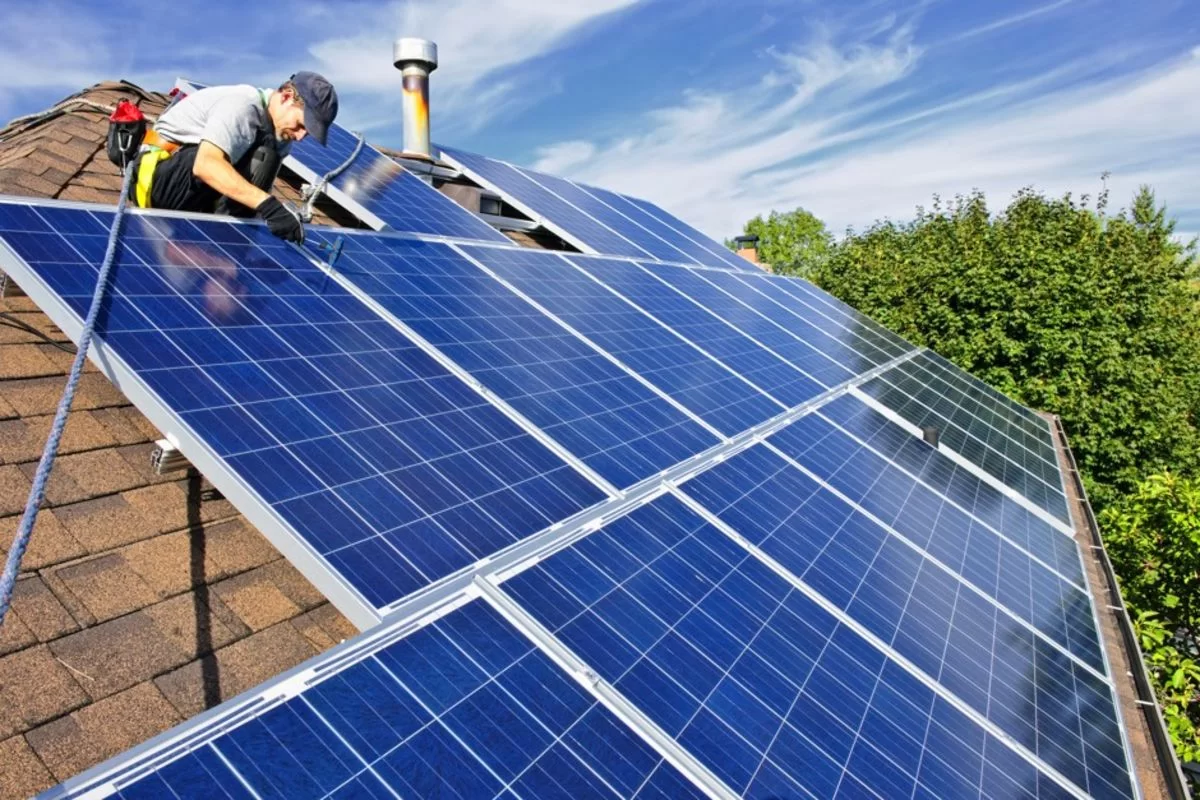Harnessing the Power of the Sun at Home
The push towards sustainability and self-sufficiency has never been stronger, and one technology has risen to the forefront of the renewable energy sector — solar power. For homeowners in the UK, understanding how to harness this natural resource can be a game-changer, both for the environment and for household finances. In this comprehensive guide, we will walk through the steps to bring solar energy into your life in a practical and cost-effective way.
Solar Energy Harvesting
Solar energy begins with the capture of sunlight. This is typically done using photovoltaic cells, commonly known as solar panels. But how does the process really work, and what are the practical implications for harnessing this energy?
Understanding Photovoltaic Effect
Solar cells utilize a scientific phenomenon known as the photovoltaic effect to convert sunlight into electricity. When sunlight strikes the cells, it emits photons that interact with the silicon in the panels, knocking electrons loose from their atoms. This movement of electrons is what generates an electric current.
Choosing the Right Panels
When considering installing solar panels, several factors dictate the choice of which type to use, including:
- Monocrystalline vs. Polycrystalline vs. Thin-Film Technologies
- Panel Efficiency and Durability
- Aesthetics and Installation Area
- Cost and Warranties
Planning for Placement
The efficiency of solar panels depends on their exposure to direct sunlight. The optimal placement will consider the direction and pitch of the roof, potential shading, and local weather patterns.
Photovoltaic Panel Installation
Panel installation is a critical step in the solar energy process and one that requires professional expertise to ensure both safety and efficiency.
Professional Installation Benefits
Opting for professional installation provides several advantages:
- Compliance with Building Codes
- Maximizing Efficiency and Output
- Warranty Protection
- Safety and Avoidance of Hazards
DIY vs. Professional Installation
While the DIY approach may seem cost-effective at first, the complexities of mounting the panels, connecting to the grid, and ensuring system performance argue for professional involvement.
Incentives and Financing
In the UK, there are various incentives and financing options available to help offset the cost of solar installations, from government grants to feed-in tariffs and green mortgages.

Renewable Power Generation
Once the panels are in place, they begin generating electricity, but how does that electricity get into your home?
Grid-Tied vs. Off-Grid Systems
Most residential solar installations are grid-tied, meaning they are connected to the local power grid. Off-grid systems, which require battery storage, are less common and are typically used in remote areas without access to the grid.
The Role of Inverters
Inverters are the unsung heroes of solar power. They convert the direct current (DC) electricity produced by the panels into the alternating current (AC) electricity used in homes and on the grid.
Metering and Net Metering
Metering is the process of tracking the amount of electricity a solar system produces and, in a grid-tied system, the amount of electricity consumed from the grid. Net metering allows homeowners to be credited for excess energy produced that is fed back into the grid.
System Monitoring and Maintenance
An effective solar system is a well-maintained one. Ensuring that your system is working optimally is essential to reaping the full financial and environmental benefits of solar energy.
Keeping an Eye on Performance
Regular monitoring of your solar system's output can help identify issues early on. Many modern systems are equipped with online monitoring tools that allow you to track performance from your smartphone.
Preventative Maintenance
Like any mechanical system, solar panels require periodic inspection and maintenance. This can include checking for debris, ensuring connections are secure, and confirming that the inverter is functioning properly.
Dealing with Issues
When problems do arise, it's crucial to address them promptly. Whether it's a faulty panel, an inverter malfunction, or a wiring issue, professional service is often the best route to resolution.
Maximizing Solar System Efficiency
The efficiency of your solar panels directly impacts the energy savings and environmental benefits you'll enjoy. Understanding how to enhance this efficiency can make a significant difference in the long run.
Energy-Efficient Home Upgrades
Installing energy-efficient appliances, using LED lighting, and improving insulation can reduce your overall energy consumption, effectively amplifying the impact of your solar system.
Behavioral Adjustments
Simple changes, like adjusting thermostat settings, turning off lights and electronics when not in use, and running appliances during peak sun hours, can help you get the most out of your solar energy.
Upgrading Your System
Over time, technological advancements may make it worthwhile to upgrade your solar system. Glass-glass modules, bifacial panels, and smart home integration are just a few options that can boost performance.
Conclusion: The Bright Future of Home Solar
The installation of a home solar system is more than just a technological upgrade. It's a commitment to a sustainable lifestyle and an investment in the future. By following the guidelines in this guide, you can tap into the incomparable power of the sun to power your home, reduce your carbon footprint, and even save money in the long term.In the UK, where the need for renewable solutions is pressing, the adoption of household solar energy is a beacon of change. It's a ripple that, when multiplied across communities, has the potential to make a significant impact on the environment and on personal well-being. The sun shines on, and with this guide, its light can now be a steady fixture in your home.
